Your kitchen cabinet durability is a key part of home renovation. These storage solutions take up 35-40% of your budget. Knowing how long they last helps you spend wisely.
The lifespan of cabinets varies a lot. Basic ones might last 10-15 years with regular use. But, premium solid wood can last decades with the right care.

Many cabinet lifespan factors affect how long they last. Things like how they're made, the type of wood, and the quality of hardware matter. So does how often you use them and how well you take care of them.
This guide will show you what makes cabinets last longer. You'll learn from experts and official specs. With this info, you can get the most out of your cabinets and know when it's time for new ones.
Understanding Kitchen Cabinet Lifespan Expectations
Knowing how long cabinets last helps homeowners make smart choices. Cabinets are a big investment, and understanding their durability can save money. It's important to know what to expect from different quality levels.
The cabinet industry has clear grading systems that show how long cabinets last. These grades help buyers see the value of their money. By knowing this, buyers can find the right balance between cost and durability.
Average Lifespan by Cabinet Grade
Entry-level cabinets usually last 8 to 12 years. They are affordable and made with basic materials. They're good for starter homes or rentals.
Mid-grade cabinets last 15 to 20 years. They offer better value than entry-level. They have stronger joints and finishes.
Premium cabinets can last 25 to 50 years or more. They use top materials and construction. They're a long-term investment for your home.
| Cabinet Grade | Expected Lifespan | Typical Price Range | Best Use Case |
|---|---|---|---|
| Entry-Level | 8-12 years | $3,000-$8,000 | Budget renovations |
| Mid-Grade | 15-20 years | $8,000-$20,000 | Family homes |
| Premium | 25-50+ years | $20,000-$50,000+ | Forever homes |
Stock cabinets are made in large numbers with standard parts. Semi-custom cabinets offer some personal touch but are still made efficiently. Custom cabinets are made one at a time, using the best materials and techniques.
Custom cabinets last longer and offer unique designs. They are made with care, ensuring quality and durability.
Industry Standards and Manufacturer Warranties
Warranties from manufacturers show how confident they are in their products. Longer warranties mean better materials and construction. Buyers should look at warranties to judge quality.
Stock cabinet makers like Home Depot and Lowe's offer 1 to 5 year warranties. These warranties are short because the cabinets are made in large numbers. But they're good enough for budget-friendly updates.
Semi-custom cabinets from KraftMaid and Merillat come with 10 to 15 year warranties. This shows they are built to last longer. These warranties cover both the structure and finishes.
Premium custom cabinet makers often give lifetime warranties on construction. Some even cover finishes and hardware for 20+ years. These warranties show the cabinets are made with the best materials and care.
Experts say matching warranty expectations with your housing plans is key for value.
Understanding warranties helps homeowners make better kitchen investments. The link between warranty length and performance is clear. This helps compare different manufacturers' offerings.
Quality certifications from groups like the Kitchen Cabinet Manufacturers Association add confidence. These standards ensure cabinets are made to last. Certified cabinets meet strict tests for durability and performance.
How Long Do Kitchen Cabinets Last Based on Materials
Choosing the right cabinet material is key to how long they last. The material affects durability and how well they handle daily use. Knowing the differences helps balance costs with long-term value and upkeep.
Each material has its own strengths and weaknesses. Premium materials cost more upfront but last longer. Budget options might need more care to last as long.
Premium Hardwood Construction
Solid wood cabinets are the top choice, lasting 20 to 50 years with care. Hardwoods like maple and oak are strong and last under heavy use. They keep their shape even in tough kitchen conditions.
The type of hardwood affects how long it lasts. Dense hardwoods like maple last longer than softer woods. They also hold screws better, reducing the need for frequent tightening.
Despite being more expensive, solid wood cabinets hold their value well. They can be refinished many times, extending their life. Even after decades, they can look almost new again with professional touch-ups.
Engineered Plywood Systems
Plywood cabinets last 15 to 25 years under normal use. They're made from layers of wood, making them stable and less prone to damage. Plywood is better than particleboard at resisting warping and moisture.
Plywood cabinets stay straight and aligned over time. Their cross-grain construction prevents the issues seen in solid wood. Marine-grade plywood is even better for areas near sinks and dishwashers.
Plywood is a good choice for those looking for a balance of quality and cost. To keep plywood cabinets looking good, protect the edges from moisture. Regular checks and sealing can extend their life.
Composite Board Materials
Particleboard and MDF cabinets last 10 to 15 years with proper care. They have smooth surfaces, perfect for paint or laminate. But, they need careful handling of moisture.
MDF is great for painted finishes because it's so smooth. Its even density means no grain patterns or surface issues. Moisture-resistant MDF is better for humid kitchens.
Particleboard is the cheapest option but is more prone to moisture damage. Keeping it dry and cleaning spills quickly is crucial. Good hardware and installation can help particleboard cabinets last longer.
Surface Laminate and Thermofoil Options
Laminate and thermofoil surfaces last 8 to 15 years with the right care. They're easy to clean, look consistent, and resist stains and minor damage. Modern laminate is more durable than older types.
Thermofoil has a vinyl film over MDF, making it seamless. But, heat exposure near stoves can cause it to peel or discolor.
High-pressure laminate is more durable than thermofoil. It resists scratches, burns, and chemicals better than paint. Knowing these limitations helps manage costs and maintenance over time.
Construction Quality Factors That Determine Durability
High-quality construction methods and materials are key to your kitchen cabinets lasting for decades. The choice between budget and premium cabinets can mean the difference between needing new ones in 10 years or enjoying them for 30 years or more. Knowing these factors helps you make better choices.
Professional cabinet makers use special techniques and materials that greatly affect how long cabinets last. These elements work together to create a strong, reliable storage system. It keeps its function and looks for years.
Joinery Methods and Assembly Techniques
The way cabinet pieces connect is crucial for strength and longevity. Dovetail joints are the best for drawers, making them strong and lasting up to 50 years with care.
Mortise-and-tenon connections are also very strong for frames and doors. They spread stress evenly, making cabinets last longer. Using these methods means less damage during installation.
Budget cabinets often use simple butt joints held by staples or nails. These joints weaken fast and may fail in 5-10 years. Here's a list of joinery methods from strongest to weakest:
- Dovetail joints - Maximum strength and durability
- Mortise-and-tenon connections - Excellent for frame construction
- Dado joints - Good for shelf attachment
- Rabbet joints - Adequate for basic construction
- Butt joints - Minimal strength, prone to failure
Box Construction and Structural Integrity
Thicker cabinet boxes mean stronger and longer-lasting cabinets. Three-quarter inch plywood sides are stronger than half-inch particleboard. This makes cabinets last twice as long.
Reinforced corner blocks are vital for support at stress points. High-quality cabinets have these to prevent sagging and keep corners square. They spread weight evenly and prevent joints from coming apart.
Back panel construction also matters for durability. Full-back panels are more stable than partial backs, which can cause distortion. Quality cabinets use quarter-inch plywood backs instead of thin hardboard.
Hardware Quality and Mounting Systems
The quality of cabinet hardware and its installation greatly affect longevity. High-quality drawer slides rated for 75-100 pounds last for decades. They have ball bearings and are made of heavy-duty materials.
Basic slides may fail in 5-10 years. Spending a bit more on quality slides saves money in the long run. Soft-close mechanisms also reduce wear on doors and drawers, adding premium functionality.
European-style hinges with adjustability features help maintain alignment over time. These hinges have multiple points for precise door positioning. Quality mounting systems, like wall cleats and screws, ensure stability and safety.
Choosing superior construction and hardware can double or triple cabinet lifespan. The extra cost is worth it for longer service life and less maintenance.
Environmental Conditions Affecting Cabinet Longevity
Your kitchen's environment greatly affects how long your cabinets last. The conditions around your cabinets impact their look and strength over time. Knowing these factors helps you keep your cabinets in top shape.
Kitchens face unique challenges. Cooking creates steam, heat, and grease that can harm cabinets. Without good control, cabinets may wear out faster and cost more to fix.
Humidity Control and Moisture Management
Keeping humidity levels between 30-50% is best for cabinets. Wood cabinets are very sensitive to moisture changes. These changes can cause wood to swell and shrink, stressing joints and leading to separation.
Moisture from cooking and washing dishes is a big threat to cabinets. Steam from boiling water and hot dishes can make cabinets wet. Without controlling moisture, finishes can get damaged and mold can grow.
Using a good dehumidifier helps keep moisture levels steady all year. Kitchens in basements or with bad air flow need extra moisture control. Checking humidity with a hygrometer lets you fix problems before they get worse.
Temperature Fluctuations and Kitchen Ventilation
Changes in temperature from cooking and seasons make wood expand and contract. This stress can cause joints to crack. Keeping the temperature stable helps reduce this stress.
Good exhaust ventilation removes moisture and grease from cooking. Range hoods need to be the right size for your cooking and run when cooking. Good ventilation helps cabinets last longer by stopping grease and moisture damage.
Kitchen ventilation should move air at least 15 times an hour when cooking. This keeps humidity levels steady and prevents damage to cabinets. Without good ventilation, cabinets may need to be refaced sooner.
Sunlight Exposure and UV Protection
Direct sunlight can make cabinet finishes fade and discolor. UV rays break down wood stains and paint over time. Kitchens facing south get the most sun damage without protection.
Using UV-protective window treatments helps keep cabinets looking good for longer. Window films and blinds block harmful rays while letting in natural light. This simple step can delay the need for refinishing or replacing cabinets.
Keeping a close eye on temperature, humidity, and light is key to caring for cabinets. Catching problems early can prevent the need for early refacing. These steps can help your cabinets last longer.
Daily Usage Impact on Cabinet Lifespan
Daily kitchen activities can wear down cabinets in different ways. The more your family uses cabinets, the faster they age. Knowing how your family uses cabinets helps you take better care of them and know when to replace them.
Cabinets in busy kitchens get more wear and tear than those in less used areas. Every time you open a door, pull out a drawer, or slam a cabinet, it adds to the wear. Over time, this wear affects how well your cabinets work.
Heavy Use vs. Moderate Use Patterns
In kitchens used a lot, cabinets get opened 15-20 times a day for each person. This heavy use wears down the hardware and loosens hinges faster. On the other hand, cabinets used less often can last longer.
Chefs and cooking lovers put the most stress on cabinets. They open cabinets for spices, tools, and ingredients a lot. This can show signs of needing to be replaced in 8-12 years.
For those who mostly reheat food or make simple meals, cabinets last longer. With proper care, they can last 15-25 years. The difference in wear between heavy and moderate use is big.
Family Size and Kitchen Activity Levels
Big families with four or more members stress cabinets more. More people using the same cabinets every day means more wear. Kids, in particular, can be rough on cabinets, making them wear out faster.
Small households or couples tend to be gentler on cabinets. They use them less and take better care of them. This can make cabinets last 5-10 years longer than in busy families.
Hosting parties also affects cabinet life. Cabinets get used by many people who might not handle them carefully. The rush to prepare for parties can damage hinges and drawer slides.
Cooking Frequency and Style Effects
Cooking from scratch every day is the toughest on cabinets. The steam, heat, and grease from cooking can damage the finish. Cabinets near stoves and dishwashers get the most damage.
Baking with big mixers and appliances stresses cabinet shelves. The vibration from these appliances can loosen cabinet connections. This can show signs of needing to be replaced in cabinet parts.
Using the microwave a lot or preparing cold food is easier on cabinets. These kitchens look better longer and need less maintenance. The less heat and moisture, the better cabinets stay.
| Usage Pattern | Daily Interactions | Expected Lifespan | Common Wear Areas |
|---|---|---|---|
| Heavy Use Family | 60-80 per day | 8-15 years | Hinges, drawer slides, door edges |
| Moderate Use Couple | 20-30 per day | 15-25 years | Handle areas, frequently used doors |
| Light Use Single | 10-15 per day | 20-30 years | Minimal wear, occasional adjustments |
| Professional Cooking | 100+ per day | 5-12 years | All components, specially near heat sources |
Knowing how your family uses cabinets helps predict when they might need to be replaced. Families who use cabinets a lot should check them more often for signs of wear. Regular maintenance is key when cabinets are used a lot.
The location of cabinets in your kitchen also affects their lifespan. Upper cabinets usually last longer because they are used less. Cabinets in busy areas or corners show wear first, no matter how durable they are.
Essential Maintenance Practices for Maximum Longevity
Keeping kitchen cabinets in good shape starts with regular care from the beginning. Taking good care can make them last for many years. The right maintenance methods work for all types of cabinets, but you might need different steps for different materials.
Regular upkeep stops small problems from getting big. It keeps your cabinets looking and working like new. Knowing how to care for your cabinets helps you get the most out of them, no matter their quality or material.

Daily Cleaning and Care Routines
Start with daily cleaning to keep your cabinets lasting longer. Use a damp microfiber cloth to wipe down the outside. This removes fingerprints, grease, and food bits that can harm finishes if not cleaned.
For tough spots, mix mild dish soap with warm water. Avoid harsh chemicals and rough scrubbers that can damage finishes. Dry surfaces right away to avoid moisture damage.
Quickly clean spills inside cabinets to stop stains and odors. Take out items to clean the inside surfaces now and then. This stops buildup that attracts pests and causes damage.
Monthly and Seasonal Maintenance Tasks
Check cabinets monthly for any issues. Make sure doors and drawers open and close smoothly. Look for loose screws, worn hinges, or damaged hardware that needs fixing.
Fix loose screws on hinges, handles, and drawer slides. Use the right screwdrivers to avoid damaging screw heads. Replace broken hardware right away to avoid more damage.
Deep clean cabinets seasonally by removing everything and cleaning the inside. Wood cabinets need wood conditioner twice a year. This keeps the finish looking good and prevents damage.
Look for signs of water damage, like around sinks and dishwashers. Fix any moisture problems fast to avoid expensive repairs. Check cabinet bases for warping or soft spots that mean water is getting in.
Hardware Adjustments and Lubrication
Keeping hardware in good shape is key to cabinet function. Clean soft-close mechanisms regularly to keep them working well. Use compressed air to get rid of dust and debris from hinges.
Oil drawer slides once a year with silicone spray or the product recommended by the maker. Don't use petroleum-based lubricants as they attract dirt. Use a little lubricant to avoid drips on the cabinet.
Adjust door hinges if there are gaps or doors don't close right. Most hinges have screws for fine-tuning. Make small changes slowly to get it just right.
Replace old drawer slides before they damage the cabinet. Good slides should move smoothly without sticking or too much play. Upgrading to better hardware can make your cabinets work better and last longer.
Protective Measures and Damage Prevention
Put on door bumpers or soft-close mechanisms to avoid slamming damage. Slamming can stress the cabinet and loosen joints over time. These simple steps protect both cabinets and hardware.
Use drawer organizers and shelf liners to prevent scratches from stored items. Heavy items can damage surfaces without protection. Organize items to spread weight evenly on shelves.
Keep the kitchen well-ventilated to control humidity. High humidity can harm all cabinet materials, but wood is most vulnerable. Run exhaust fans while cooking to remove steam and grease.
Shield cabinets from direct sunlight with window treatments or UV-filtering film. Sunlight can fade finishes and cause wood to crack or warp. This is important for cabinets near windows or glass doors.
Fix plumbing leaks right away to prevent water damage. Even small leaks can cause a lot of damage over time. Regularly check plumbing connections to catch problems early.
Installation Quality and Its Long-Term Effects
How well cabinets are installed affects their lifespan. It's not just about how they look. It's about how they work for years to come. Bad installation can cut their life in half, while good installation makes them last longer.
Knowing how installation affects cabinets helps homeowners make better choices. Good installation protects your investment and saves you money in the long run.
Professional Installation vs. DIY Impact
Professional installers know how to make cabinets last 25-40% longer than DIY efforts. They know how to prepare walls and mount cabinets right. Professional installation also comes with warranties and support during the first year.
DIY might seem cheaper at first, but it can cost more later. Professionals have the skills and tools to handle problems like uneven walls. They also follow local building codes and safety rules.
Even the best cabinets can fail if installed wrong. But, even cheap cabinets can last longer with professional installation.
Proper Mounting and Structural Support
Cabinets need to be mounted to wall studs, not just drywall. Professionals find studs and use the right fasteners for the weight of the cabinets. Upper cabinets need strong mounting for heavy items.
Before installing, check if walls are straight and level. Shimming fixes small issues without harming the cabinets. Cabinets should have enough space to move naturally.
Adding electrical and plumbing needs careful planning. Professionals work with other trades to avoid weakening cabinet mounts or making access hard.
Common Installation Errors That Reduce Lifespan
Not anchoring cabinets to wall studs is a big mistake. It causes sagging and failure over time. This problem gets worse as cabinets settle.
Shimming wrong can cause cabinets to warp. Forcing cabinets into place without fixing wall issues puts stress on joints. This stress leads to structural problems.
Setting doors and drawers wrong can wear out hardware fast. Doors that don't close right or drawers that stick cause ongoing problems. Professionals adjust everything for smooth operation.
Ignoring how cabinets settle and move with the seasons causes alignment issues. Professional installers make initial adjustments and check on them later. Good installation prevents these common problems.
Recognizing When Cabinets Need Replacement
Kitchen cabinets show clear signs when they need to be replaced, not just fixed. Knowing these cabinet replacement signs helps homeowners act fast. This way, small problems don't turn into big ones or safety risks.
Experts say to look at several things at once. One issue might need fixing, but many problems mean it's time for a new cabinet.
Structural Damage and Safety Concerns
Structural damage is the most serious sign. Sagging shelves or cabinets pulling away from walls are big dangers. They can cause doors and drawers to fall.
Cracks at cabinet corners or wood splitting around hinges are also big warnings. These problems can make cabinets unstable and unsafe.
Loose cabinets are a big safety risk. If cabinets feel unstable or separate from walls, they need to be replaced. Simple fixes won't work here.
Functional Problems and Alignment Issues
Doors that won't close or drawers that bind are signs of deeper problems. These issues often come from moisture damage or settling.
Drawers that fall off tracks or need too much force to open are clear signs. These problems get worse over time.
Doors that don't line up right show settling or mounting issues. Gaps or misalignment mean the cabinet structure is moving. If fixes don't last, it's time for a new cabinet.
Surface Deterioration and Water Damage
Deep scratches, stains, or finish failures expose wood to moisture. When refinishing can't fix it, replacing is the best option.
Warped panels, swollen boxes, or musty smells are signs of water damage. These problems can harm the structure and health.
Peeling veneer or bubbling laminate mean serious damage. These signs often point to moisture or adhesive issues. Replacing is the only fix.
Repeated Hardware Failures
Hardware that keeps failing, even with new parts, means cabinet box problems. Hinges, drawer slides, or handles that don't stay in place show structural issues.
Screw holes that strip or expand mean wood is deteriorating. This makes it hard to mount hardware securely. Cabinets with many failed mounting points need to be replaced.
Modern needs might also call for new cabinets. If current ones can't store things well or fit modern appliances, it's time for a change.
Seeing many cabinet replacement signs at once might make you think about cabinet refacing. But serious damage, safety risks, or water damage usually mean it's time for a full replacement.
Financial Considerations: Repair, Reface, or Replace
Kitchen renovation costs can vary a lot, depending on whether you repair, reface, or replace your cabinets. It's important to understand the long-term value of each choice. Your decision should match your budget, timeline, and kitchen goals.
Each option has its own benefits and costs. The state of your cabinets is key in deciding the best choice. Getting a professional assessment can help find the most cost-effective path.

| Option | Cost Range | Lifespan Extension | Best For | ROI Timeline |
|---|---|---|---|---|
| Minor Repairs | $200-$800 | 3-5 years | Structurally sound cabinets | Immediate |
| Cabinet Refacing | $4,000-$12,000 | 10-15 years | Solid boxes, outdated doors | 5-7 years |
| Full Replacement | $8,000-$25,000 | 20-50 years | Worn or damaged cabinets | 10-15 years |
| Hardware Upgrade | $150-$500 | 5-10 years | Functional cabinet boxes | 2-3 years |
Cost-Effective Repair Solutions
Minor repairs are the cheapest way to make cabinets last longer if they're structurally sound. Replacing hardware costs $150 to $500 and makes cabinets work better. Adjusting doors and hinges costs $100 to $300 per cabinet.
Touch-ups and surface repairs cost $200 to $600 for most kitchens. These are best for cabinets under 15 years old with solid construction. Cabinet hardware longevity often decides if repairs are worth it.
Cabinet Refacing as a Middle Option
Refacing costs 40 to 60 percent of replacing cabinets but gives a new look. New doors, drawer fronts, and veneering update old kitchens. This is best when cabinet boxes are still strong.
Refacing costs $4,000 to $12,000 for average kitchens. It makes cabinets last 10 to 15 years with care. Refacing also lets you change the layout a bit without big construction.
Full Replacement Investment Analysis
Replacing cabinets is the most expensive upfront but offers the most customization and longevity. New cabinets can last 20 to 50 years, depending on quality. Modern features and storage justify the cost for many.
Replacement is needed when cabinets are structurally damaged. Financing options can make costs more manageable over time. Professional installation ensures your cabinets work well and come with a warranty.
Conclusion
Kitchen cabinet longevity comes from smart choices at every step. Choosing solid wood materials can last decades, while particleboard is shorter-lived. The quality of construction and installation also matters a lot.
Keeping up with a cabinet care routine is key. Simple daily cleaning stops damage from buildup. Regularly checking and adjusting hardware keeps doors and drawers working well. These small steps can make a big difference in how long your cabinets last.
Things like controlling humidity and keeping the air moving help protect your cabinets. How much you use your cabinets can also affect their lifespan. But, with the right care, even heavy use can be managed.
Knowing when to replace your cabinets is important for safety and to avoid expensive fixes. You might choose to repair, refinish, or replace them, depending on their condition and your kitchen plans. Quality cabinets, with the right care, can last 20-50 years, making them a smart investment for your home.
Understanding all these factors helps you make better choices about your cabinets. With the right knowledge and consistent care, your kitchen cabinets will serve you well for many years.
FAQ
How long do kitchen cabinets typically last?
The lifespan of kitchen cabinets depends on their quality and materials. Basic cabinets last 8-12 years. Mid-range ones can last 15-20 years. High-quality solid wood cabinets can last 25-50 years or more with proper care.
What cabinet materials last the longest?
Cabinets made from solid hardwood like maple, oak, cherry, or hickory last 20-50 years. Plywood cabinets last 15-25 years. Particleboard and MDF cabinets last 10-15 years. Laminate or thermofoil surfaces last 8-15 years.
Do manufacturer warranties indicate cabinet quality and longevity?
Yes, warranties from manufacturers are good indicators of cabinet quality. Home Depot and Lowe's offer 1-5 year warranties for stock cabinets. Semi-custom cabinets from KraftMaid or Merillat have 10-15 year warranties. Premium custom cabinets often come with lifetime warranties.
How does construction quality affect cabinet durability?
The quality of construction greatly affects how long cabinets last. Cabinets with dovetail joints and 3/4-inch plywood box construction last longer. They also have better hardware, which can double or triple their lifespan compared to cheaper options.
What environmental factors reduce cabinet lifespan?
High humidity, poor ventilation, and temperature changes from cooking can harm cabinets. Direct sunlight also causes damage by swelling wood, separating joints, and fading finishes.
How does daily usage impact how long cabinets last?
Kitchens used by large families or for frequent cooking wear out faster. Cabinets near cooking areas and dishwashers face harsh conditions. Children's access to lower cabinets can lead to more damage.
What maintenance practices extend cabinet life?
Clean cabinets daily with mild soap. Tighten hardware monthly and check alignment. Deep clean and condition wood seasonally. Lubricate drawer slides and hinges yearly to extend cabinet life.
Does professional installation affect cabinet longevity?
Yes, professional installation can make cabinets last 25-40% longer than DIY. Proper installation prevents stress-related failures and ensures cabinets work well for years.
When should I replace my kitchen cabinets?
Replace cabinets if you see structural damage, safety issues, or water damage. If repair costs are more than 50% of a new cabinet's price, it's time to replace them.
Is cabinet refacing worth it compared to full replacement?
Refacing costs 40-60% of replacing cabinets. It's best for cabinets that look old but are solid. Full replacement offers more customization and a longer lifespan of 20-50 years.
How can I maximize my cabinet investment?
Choose the right materials and construction for your needs. Get professional installation. Keep humidity levels between 30-50%. Regular maintenance and quick issue fixing are key.
What are the most common cabinet failure points?
Common failures include drawer slides, hinges, and door alignment. Moisture near sinks and dishwashers also causes problems. Quality hardware and good ventilation help prevent these issues.
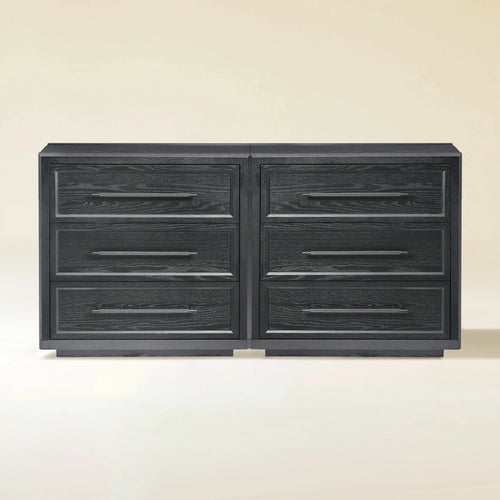

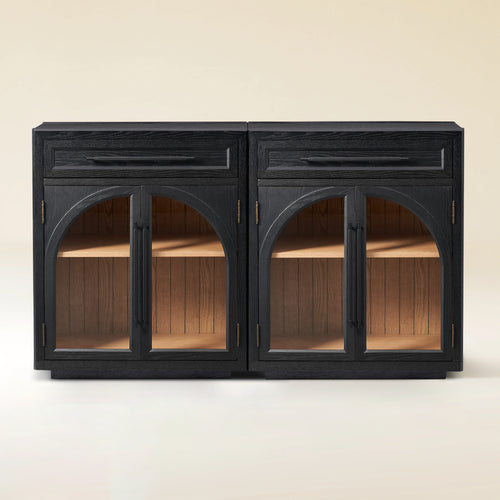
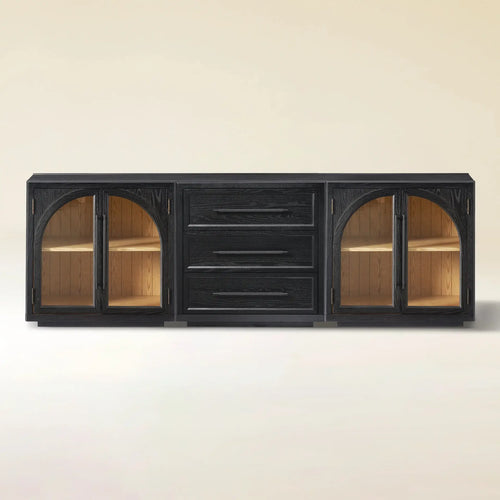
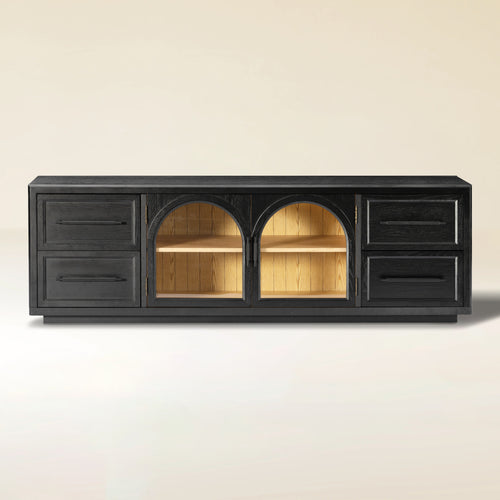
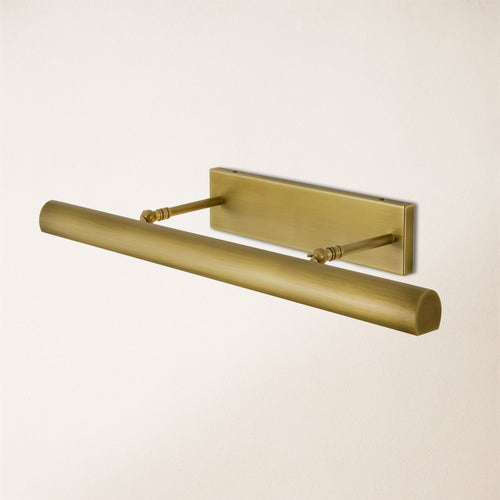



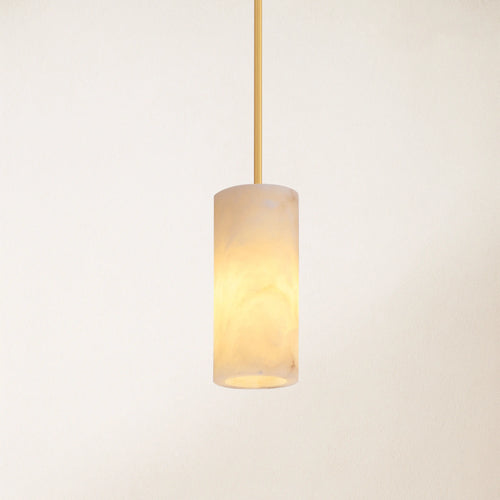
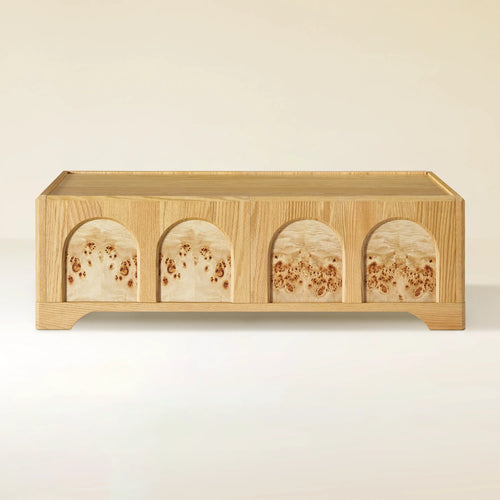
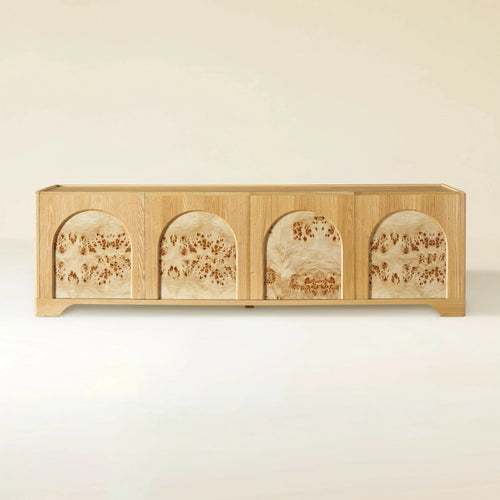
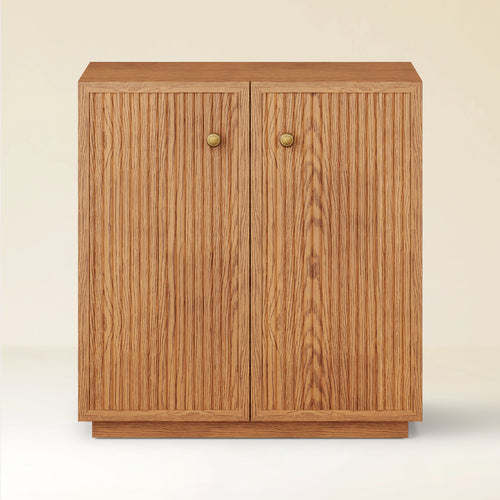

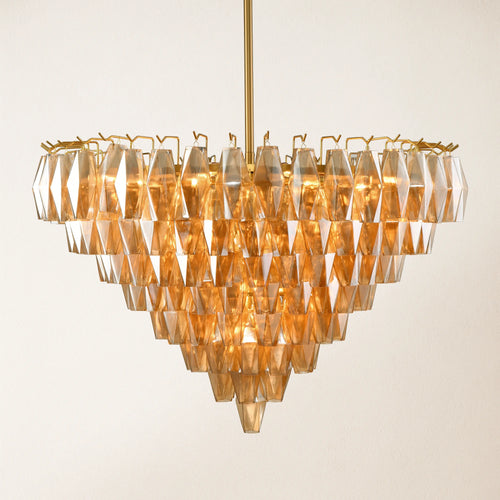

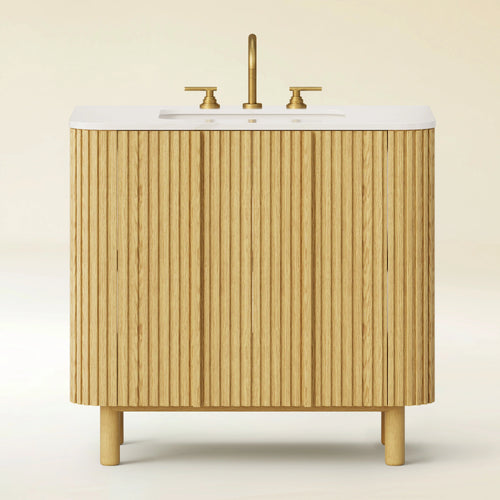

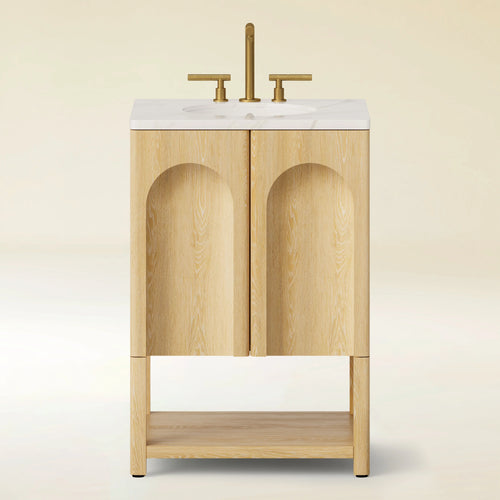
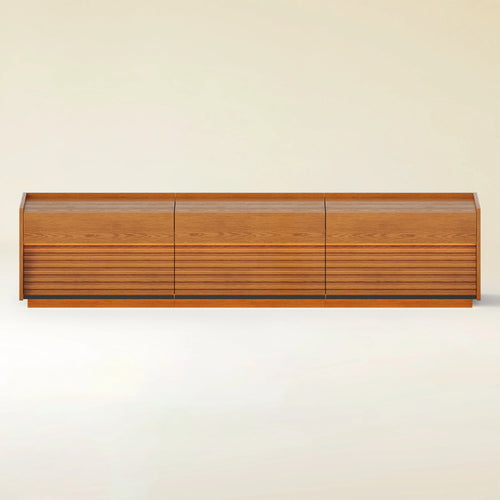
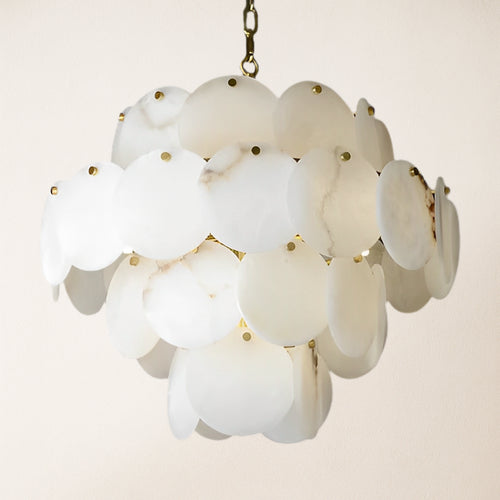
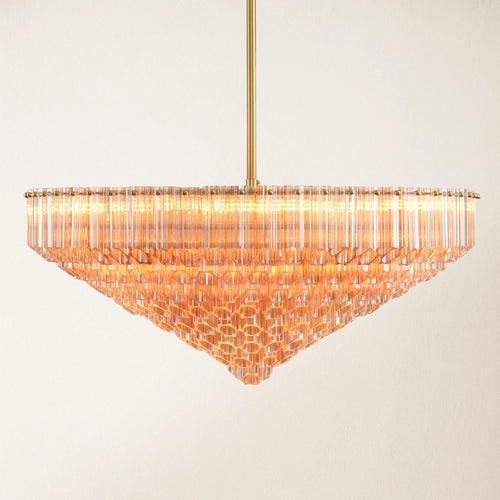
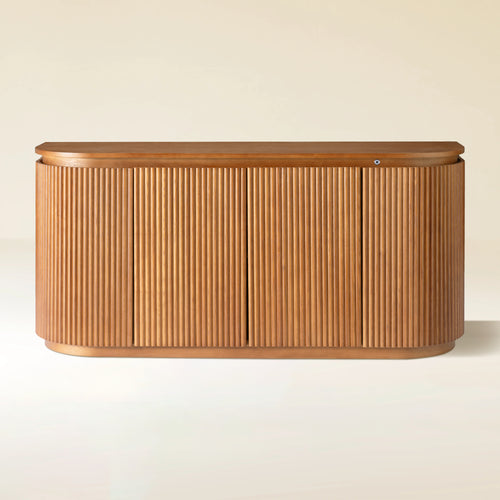
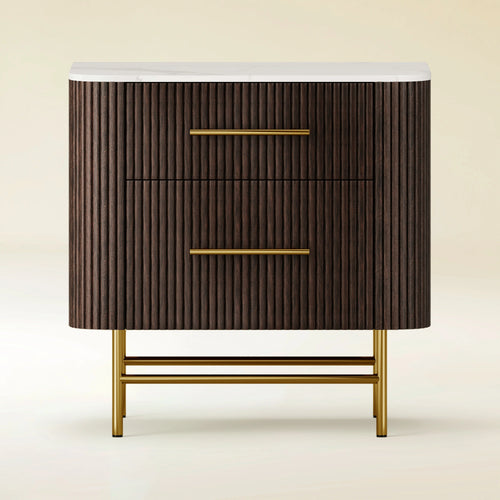
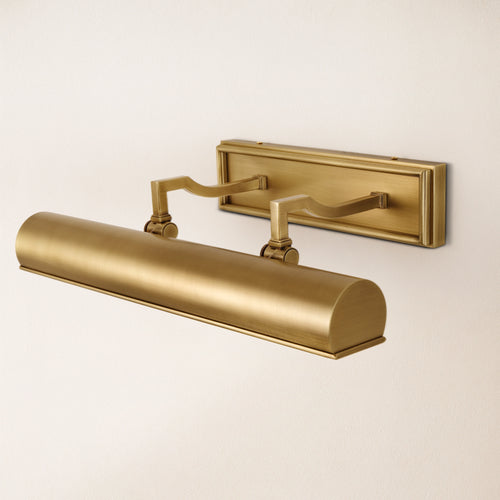
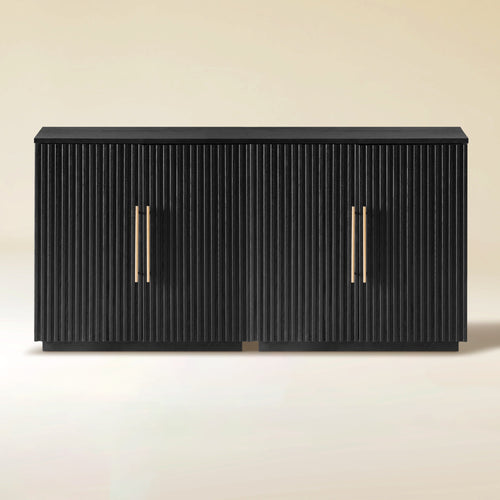
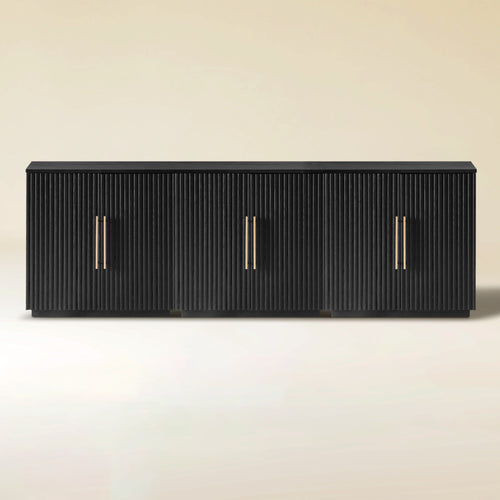
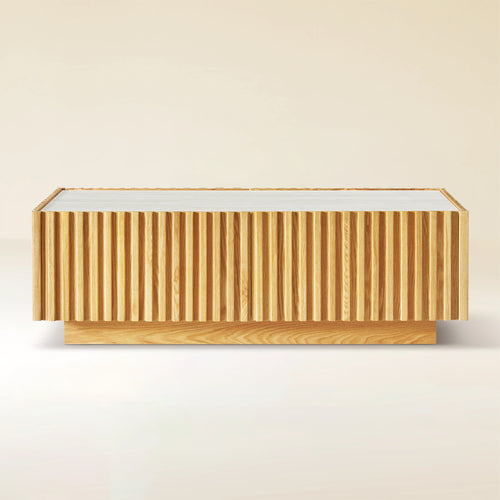
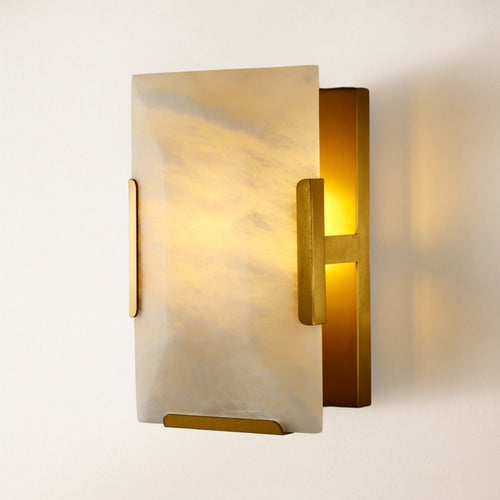
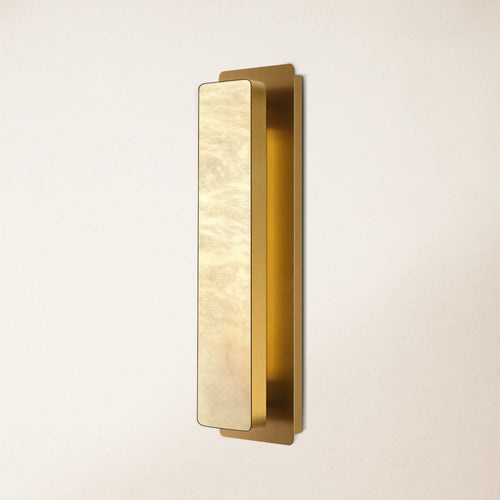
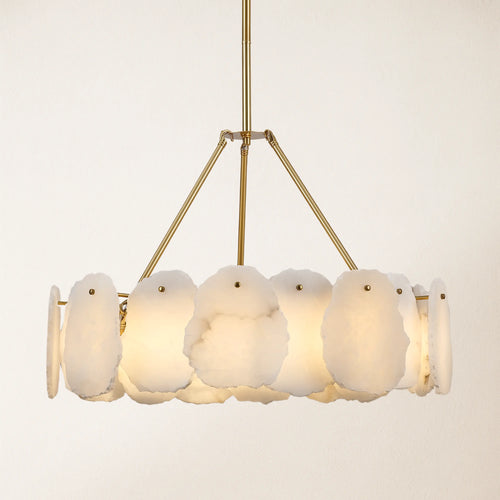
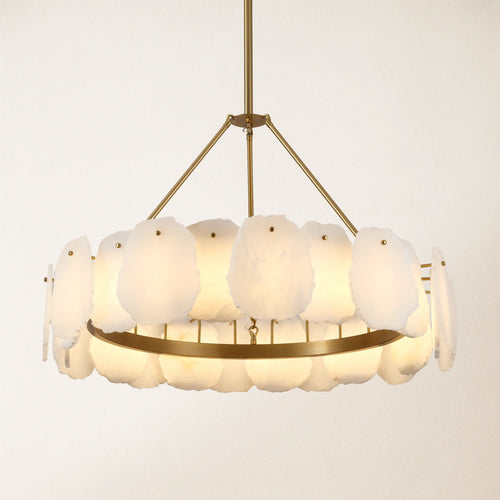
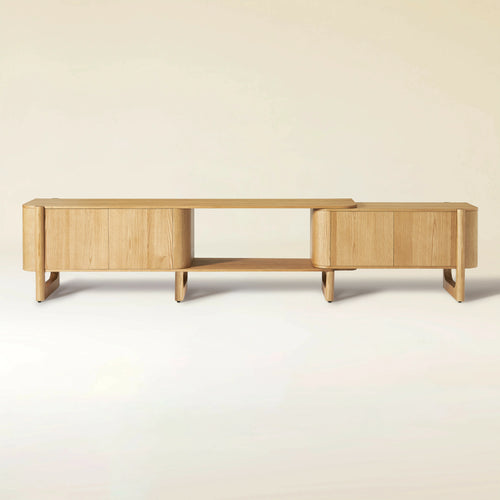
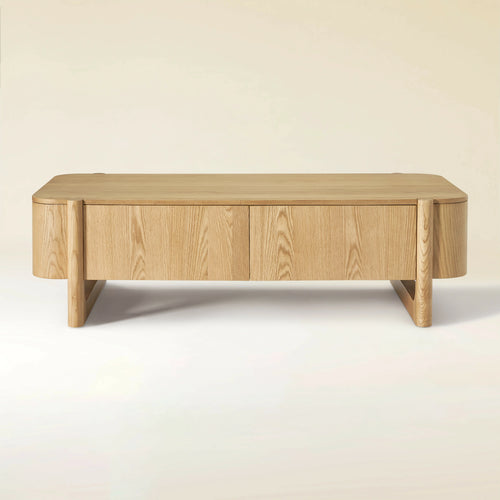
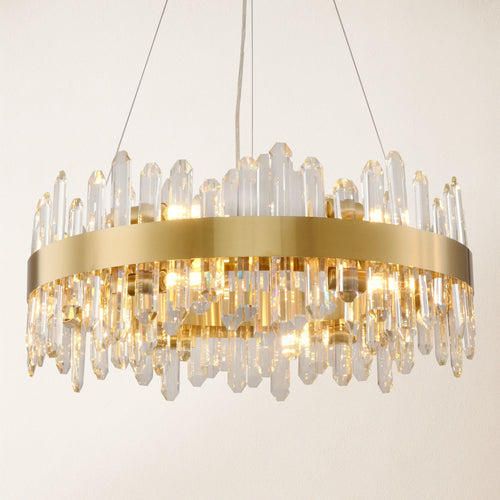
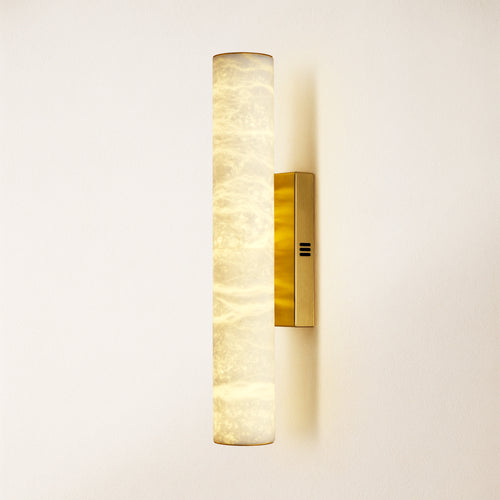
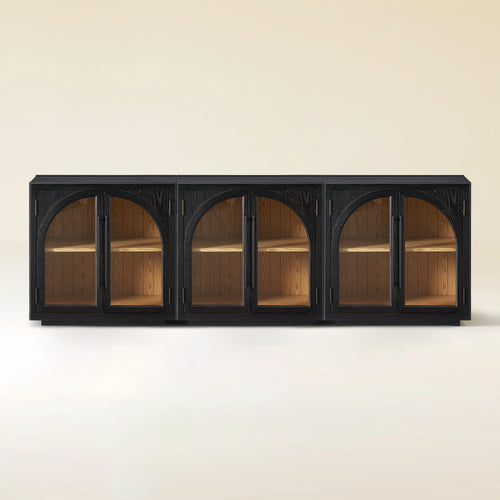
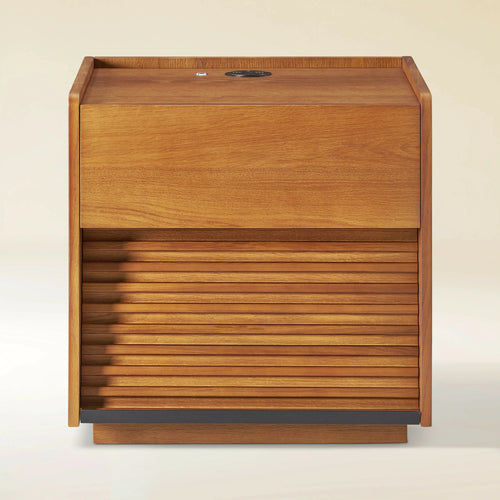
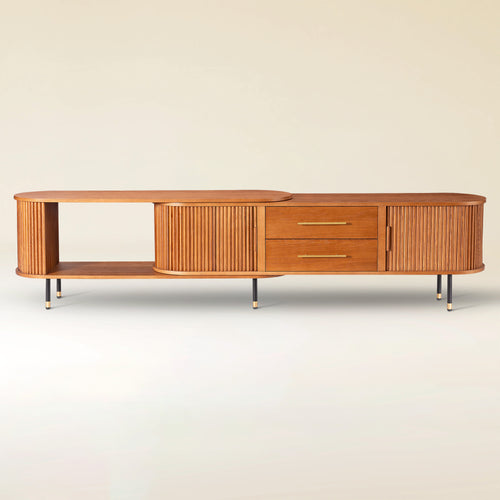

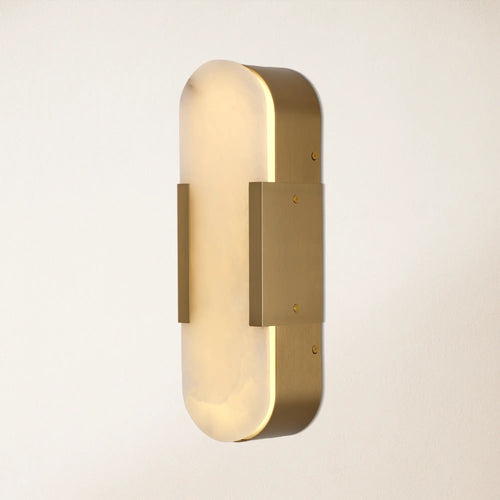
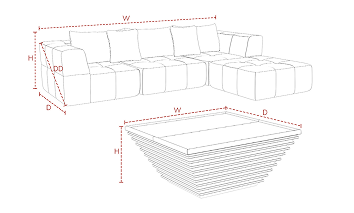
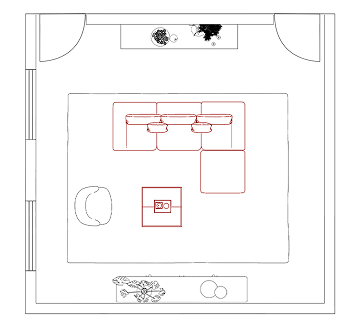
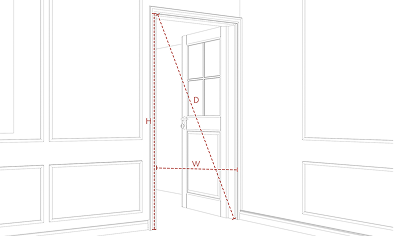
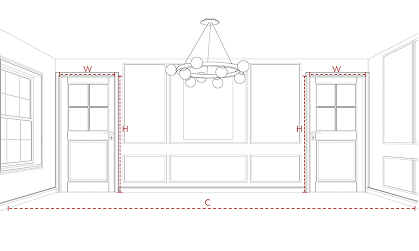
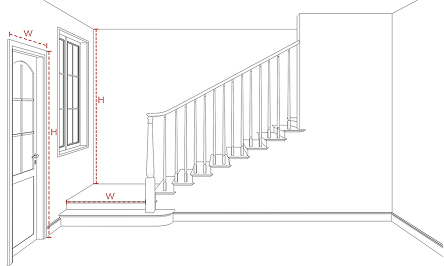
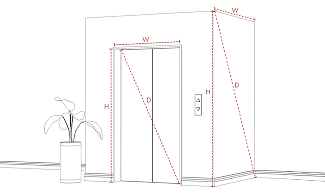
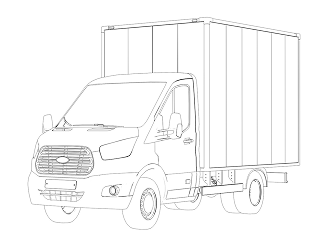












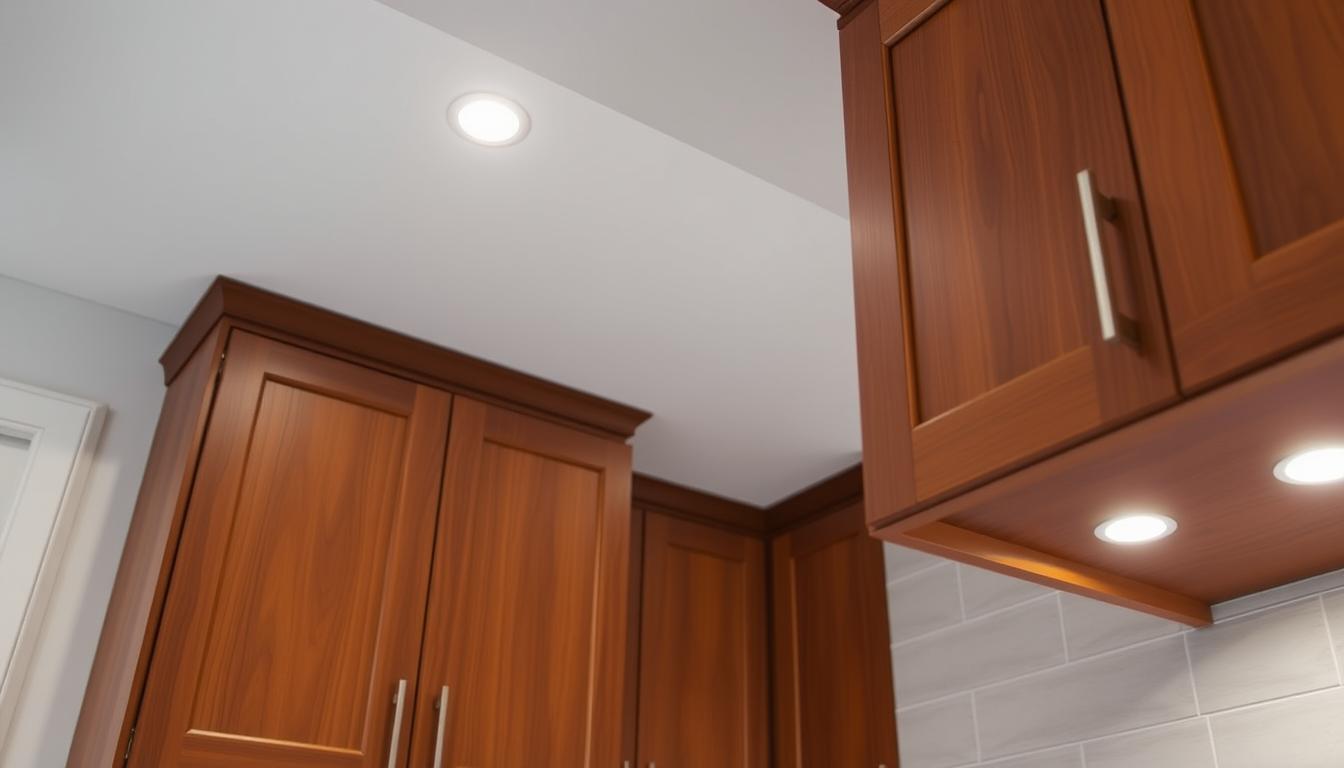
Share:
Hang Cabinets Like a Pro: Easy DIY Tips
How Much Space Between Cabinets and Island - Kitchen Guide